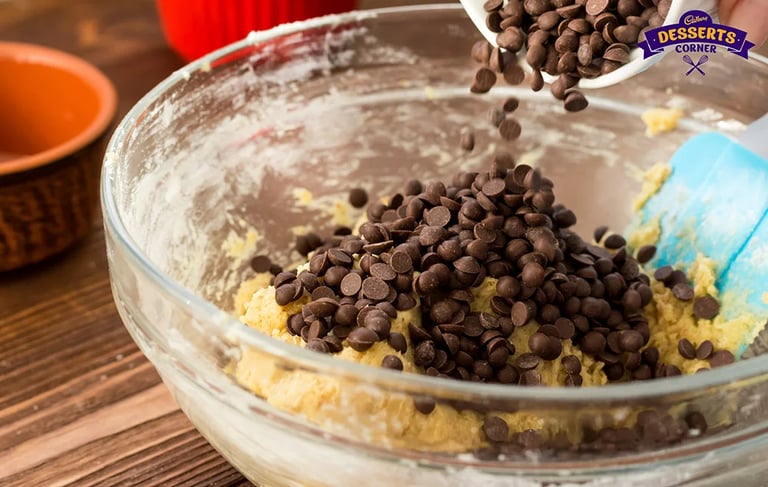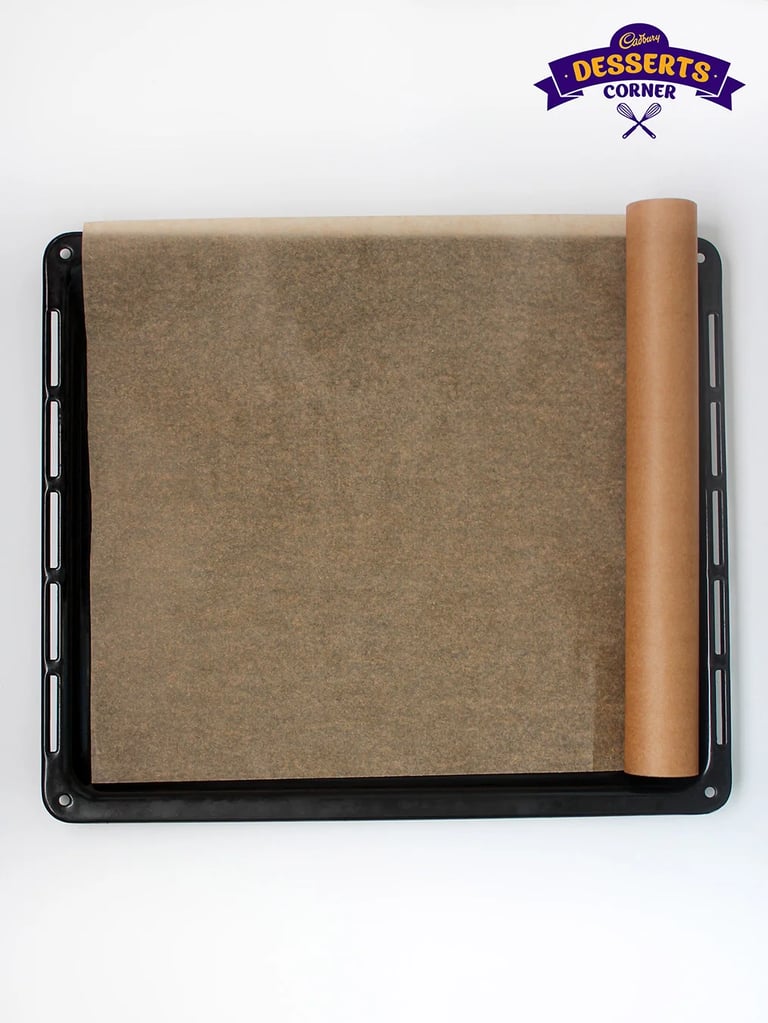Home![]() Articles
Articles![]() Triumph Cookie Disasters Before You Start Baking Them With These Simple Tips And Tricks
Triumph Cookie Disasters Before You Start Baking Them With These Simple Tips And Tricks
Baking disasters are best avoided before you start the whole process, with precise measurements, the right ingredients, utensils and equipment, baking cookies will be a breeze.

Baking disasters are best avoided before you start the whole process, with precise measurements, the right ingredients, utensils and equipment, baking cookies will be a breeze.
Cookies are almost always bite-sized or the size of your outstretched palm, and being firm as they are, it is only easy to detect mistakes in them if of course there is the unmistakable burnt smell.
We want your cookies to be the best out there, even better than what the pros make,so here are some quick fixes to some common cookie problems that screw up the taste and texture of the finished product.
1. Butter Problems

Many cookie recipes specify unsalted butter that has been properly softened. However, using the wrong type or form of butter can cause problems. Light butter or margarine used as substitutes may not blend in as well into the dough since they contain less fat and more water compared to sticks of butter. This can result in uneven texture. Cookies also require butter softened to a pliable consistency, neither straight from the fridge nor melted. Very hard or very soft butter will not cream and blend smoothly into the other ingredients.
Fix: To avoid butter-related baking issues, carefully follow the recipe's butter specifications. Use regular sticks of unsalted butter unless mentioned otherwise. Remove the butter from its packaging and set it out at room temperature 1-2 hours ahead of baking. The butter should be soft enough to indent slightly with a finger press but still hold its shape.
Microwaving or grating cold butter into small pieces can speed up the softening process without melting the butter. Properly softened sticks of butter will be incorporated uniformly for light and tasty cookies.
2. Using Expired Products
There might be a container of baking powder gathering dust on your shelf that is just a few days off the ‘good to use’ mark, or a vanilla essence that has not seen the light of day for a while; do not use them. There’s no telling if they are actually still good enough to use as you might think they are.More often than not, using them will hamper the output quality of your cookies.
Fix: It's easy to check if your raising ingredients, like baking soda or powder, have lost their effectiveness over time. Mix a teaspoon each of baking powder or baking soda with a few drops of vinegar;if it fizzes vigorously, it's still good to go. But if the reaction is weak or nonexistent, it's time to replace it. Flour can also go stale, hampering your cookies’ texture and taste. Give the flour a sniff test before using; if it smells musty rather than neutral, it's past its best.
Fresh ingredients are key to cookie success, so don't cut corners by using anything with questionable age or potency.
3. Tossing Ingredients Without Measuring

Some of us have a tendency to throw in ingredients relying on a mental scale to measure ingredients. For baking, it is not a good idea at all, since it’s an exact science (of sorts). An imbalance in ingredients will result in a science experiment gone awry. There’s no telling how the cookies will turn out if you take liberties with the measurements.
Fix: To get baking right, use the correct tools and techniques listed in the recipe you follow. Measure liquids in liquid measuring cups, which are calibrated differently than dry cups. Spoon flour lightly into dry cups instead of scooping, to avoid packing. Don't substitute volume for weight measurements either. While imperfect cookies may still be edible, proper measuring means the chemistry can work as intended.
4. Underbaking Cookies

If cookies are removed from the oven before they're fully baked, it can lead to disappointing results. The insides may be doughy rather than set, and textures won't develop properly. It's easy to mistake underbaking if you rely solely on time estimates.
Fix: For fully baked cookies, keep a close eye on them as the estimated baking time nears its end. Look for slight golden edges and firmness when touched. You can also test for doneness by gently pressing the centers; they should feel set rather than indenting. Removing cookies just before this stage allows residual heat to finish the job.
5. Overcrowding Cookies in the Oven
Cramming cookies too densely on baking sheets disrupts the baking process. Without space between them, air can't circulate properly and cookies won't bake evenly. The imbalance can yield both underdone and overbaked areas in what should be uniform results.
Fix: Bake smaller amounts or batches of cookies at a time to allow them to breathe and expand without the pressure of jostling for space with the neighbors. Leave at least an inch of space between each cookie dough. They will brown evenly without compromising on texture or appearance. The extra time spent baking in batches is worth it.






















